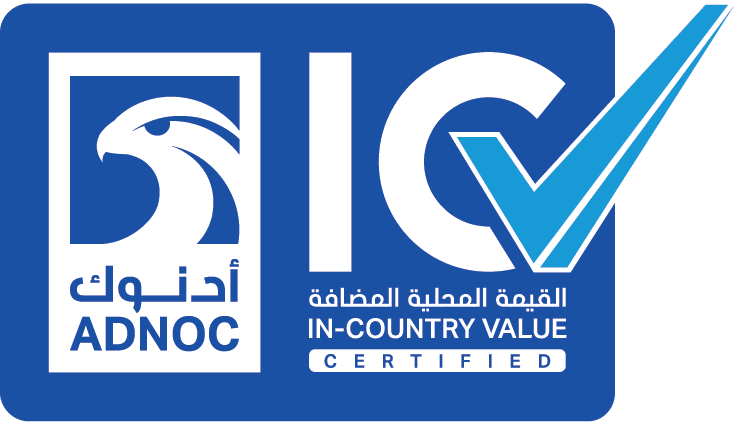Fractured Environments in Hydrocarbon Exploration
| Fractured Environments in Hydrocarbon Exploration |
| 14 – 18 July 2025 | Abu Dhabi | 15 – 19 Dec. 2025 | Dubai | 22 – 26 Dec. 2025 | Abu Dhabi |
Learning Objectives
Upon successful completion of this course, participants will be able to:
1. Fundamentals of Fractured Reservoirs in Hydrocarbon Systems
- Understand the role of fractures in hydrocarbon exploration and production.
- Differentiate between naturally fractured, induced fractured, and hybrid reservoirs.
- Identify the primary controls on fracture formation (structural, diagenetic, tectonic, and mechanical factors).
2. Geological Characterization of Fractured Reservoirs
- Recognize fracture types (joints, faults, shear fractures, bedding plane fractures).
- Evaluate fracture density, aperture, and connectivity in different lithologies.
- Analyze the impact of tectonic settings on fracture development (compressional, extensional, strike-slip settings).
3. Geophysical Techniques for Fracture Detection
- Utilize seismic attributes and anisotropy analysis to identify fracture networks.
- Interpret coherency, curvature, and azimuthal seismic attributes for fracture prediction.
- Apply microseismic monitoring for real-time fracture mapping.
4. Well Logging and Petrophysical Evaluation in Fractured Reservoirs
- Use image logs (FMI, UBI) for fracture identification and orientation analysis.
- Interpret dual-porosity and dual-permeability systems in log responses.
- Assess NMR and dipole sonic logs for fracture characterization.
5. Reservoir Modeling and Simulation of Fractured Systems
- Build fracture network models using discrete fracture network (DFN) techniques.
- Integrate dynamic and static modeling approaches for fractured reservoirs.
- Implement dual-porosity and dual-permeability simulation workflows.
6. Well Placement and Completion Strategies in Fractured Environments
- Optimize horizontal well trajectories for enhanced fracture intersection.
- Utilize geomechanical models for stress field analysis and fracture optimization.
- Design stimulation techniques (hydraulic fracturing, acid stimulation) for tight and naturally fractured reservoirs.
7. Challenges and Production Optimization in Fractured Reservoirs
- Address reservoir compartmentalization and connectivity issues.
- Develop strategies for managing water and gas breakthrough.
- Optimize Enhanced Oil Recovery (EOR) techniques for fractured reservoirs.
8. Case Studies and Practical Applications
- Analyze real-world fractured reservoir exploration and production successes.
- Participate in hands-on exercises using fracture modeling and geophysical software.
- Develop a fracture-focused exploration and development strategy.
Target Audience
- Petroleum geologists and structural geologists
- Reservoir and petroleum engineers
- Exploration and production geophysicists
- Well planners and asset development teams
- Energy consultants and research professionals

